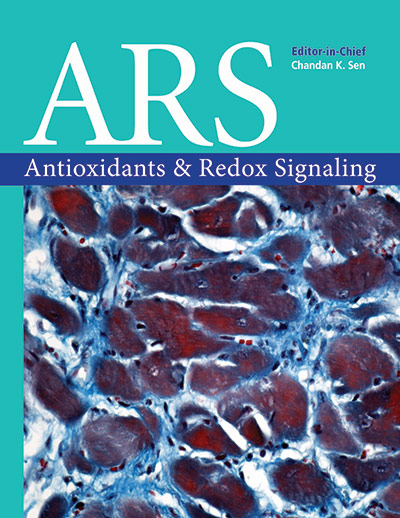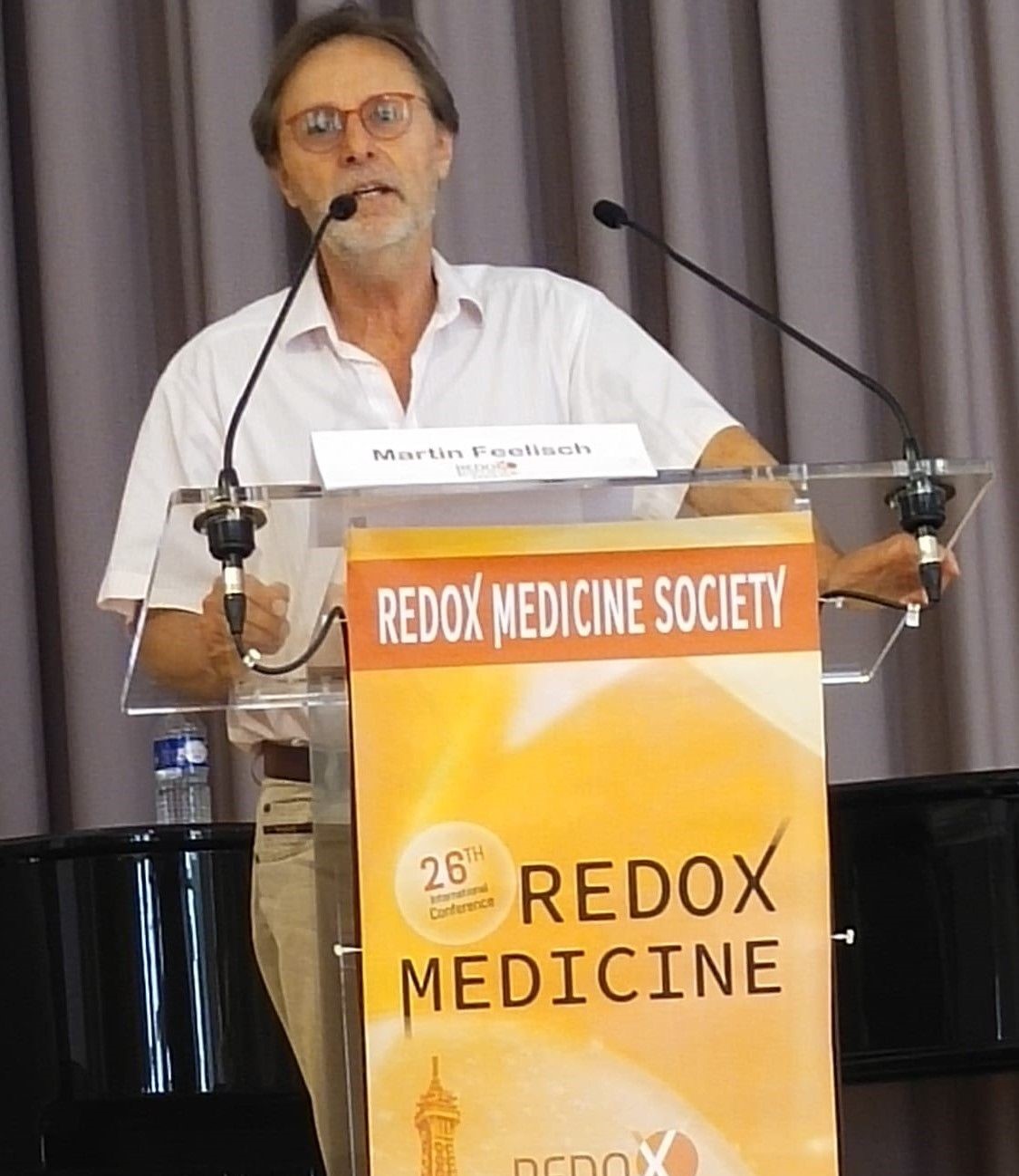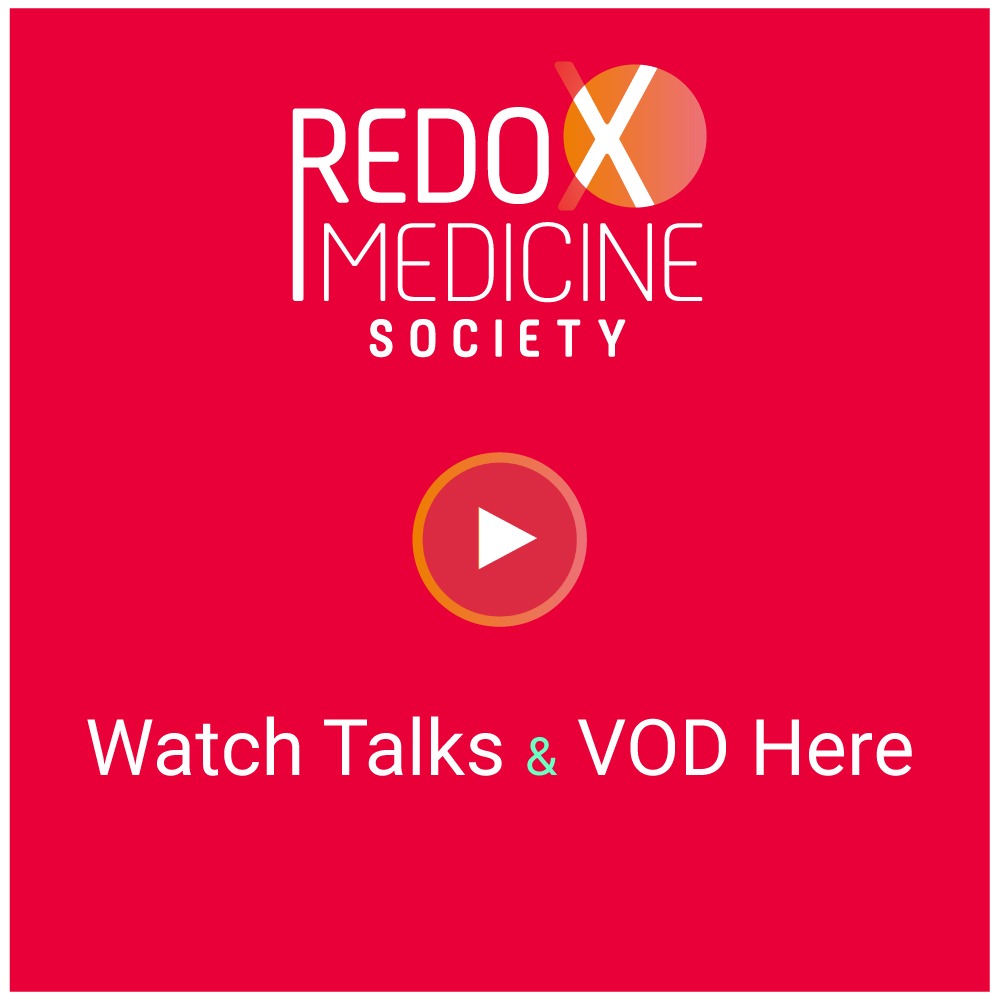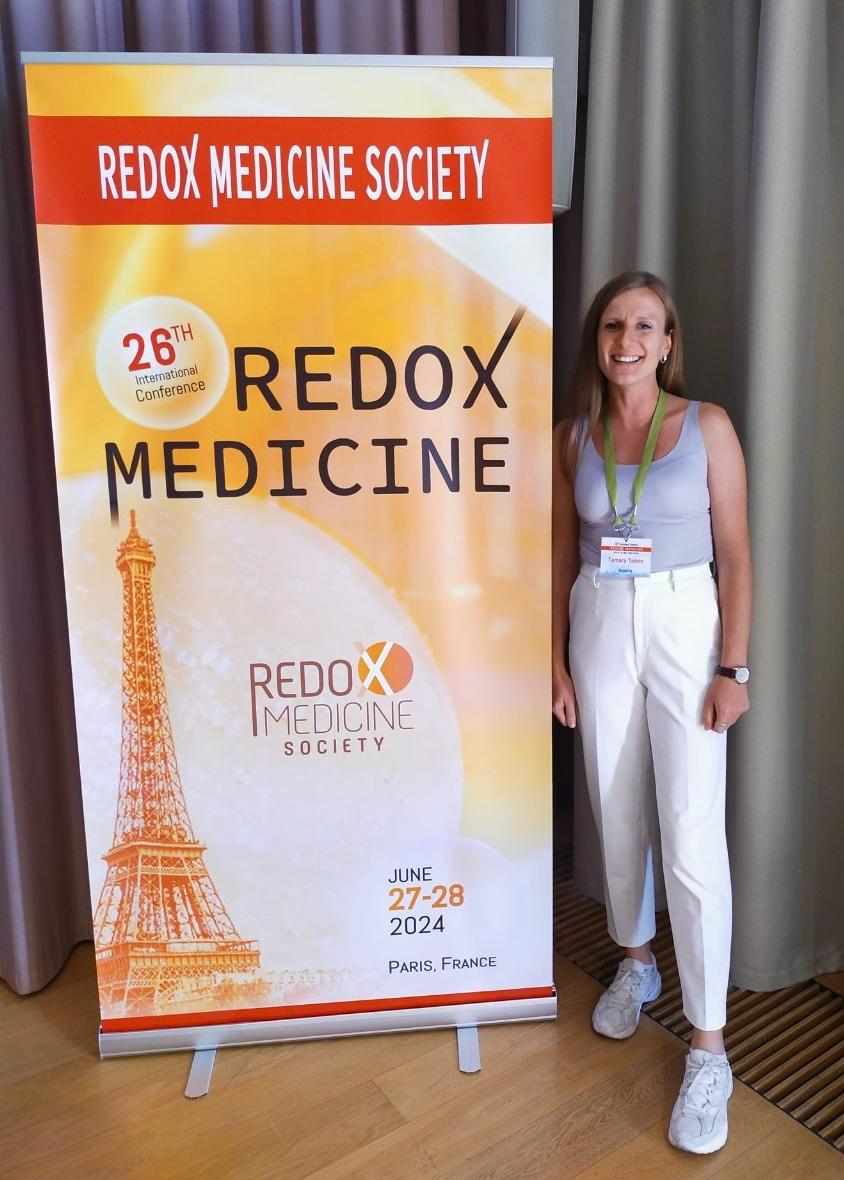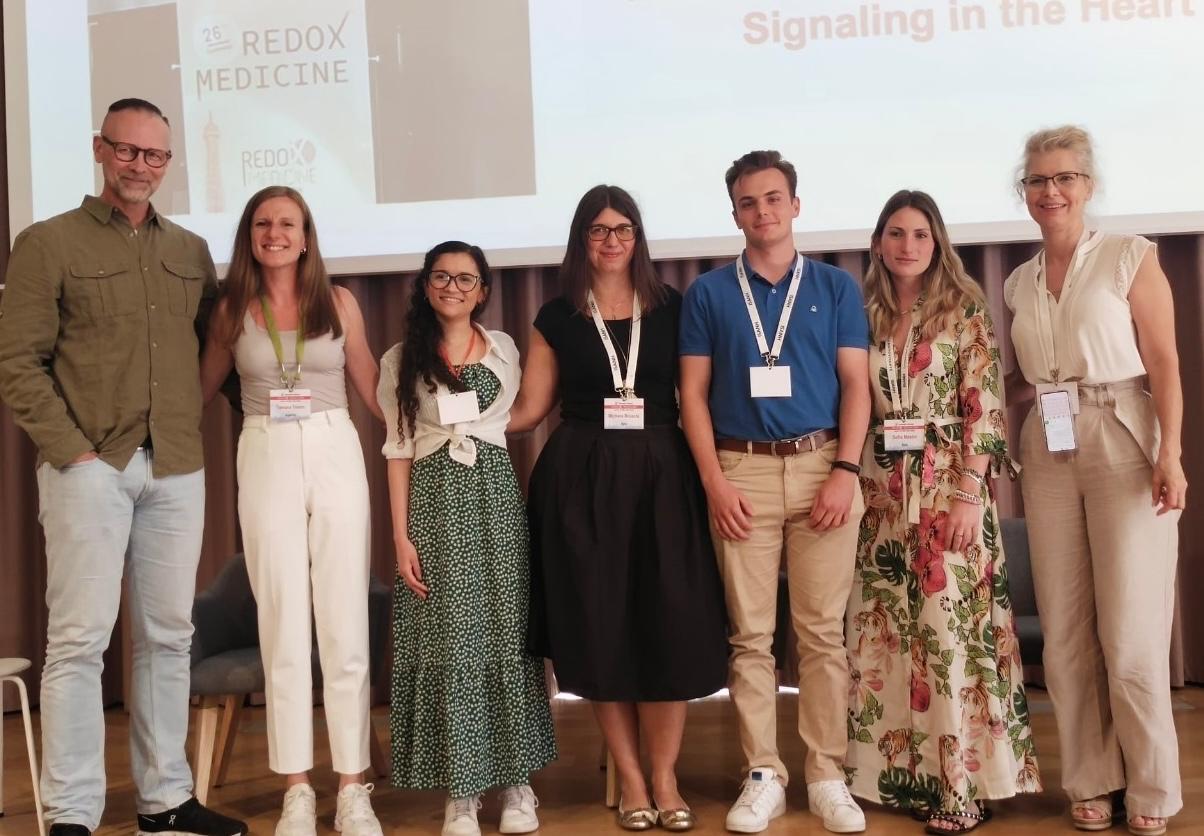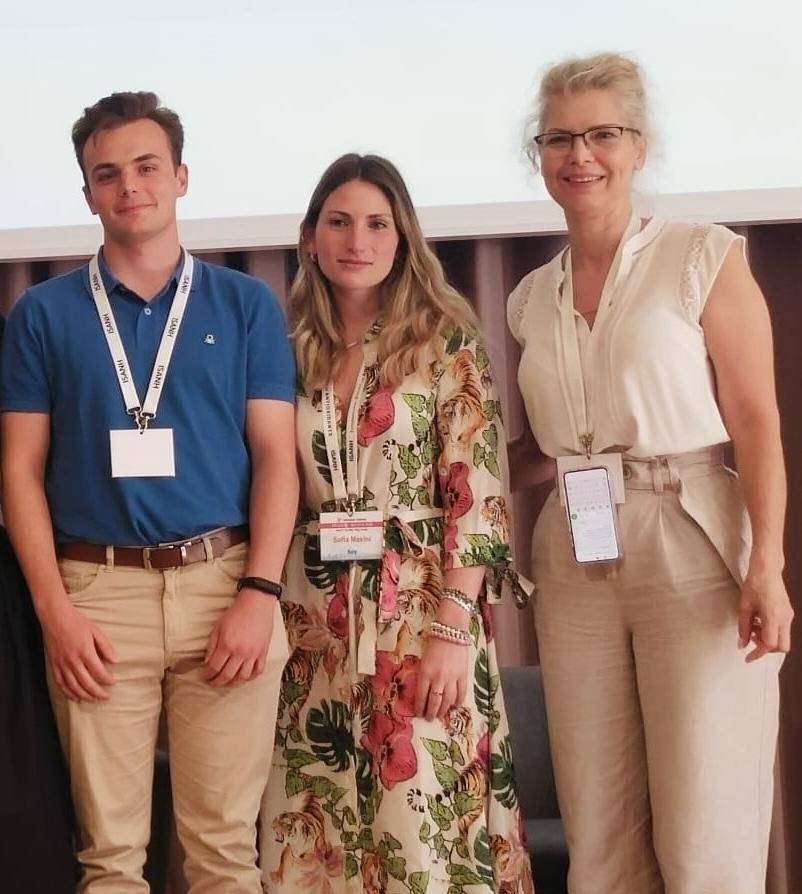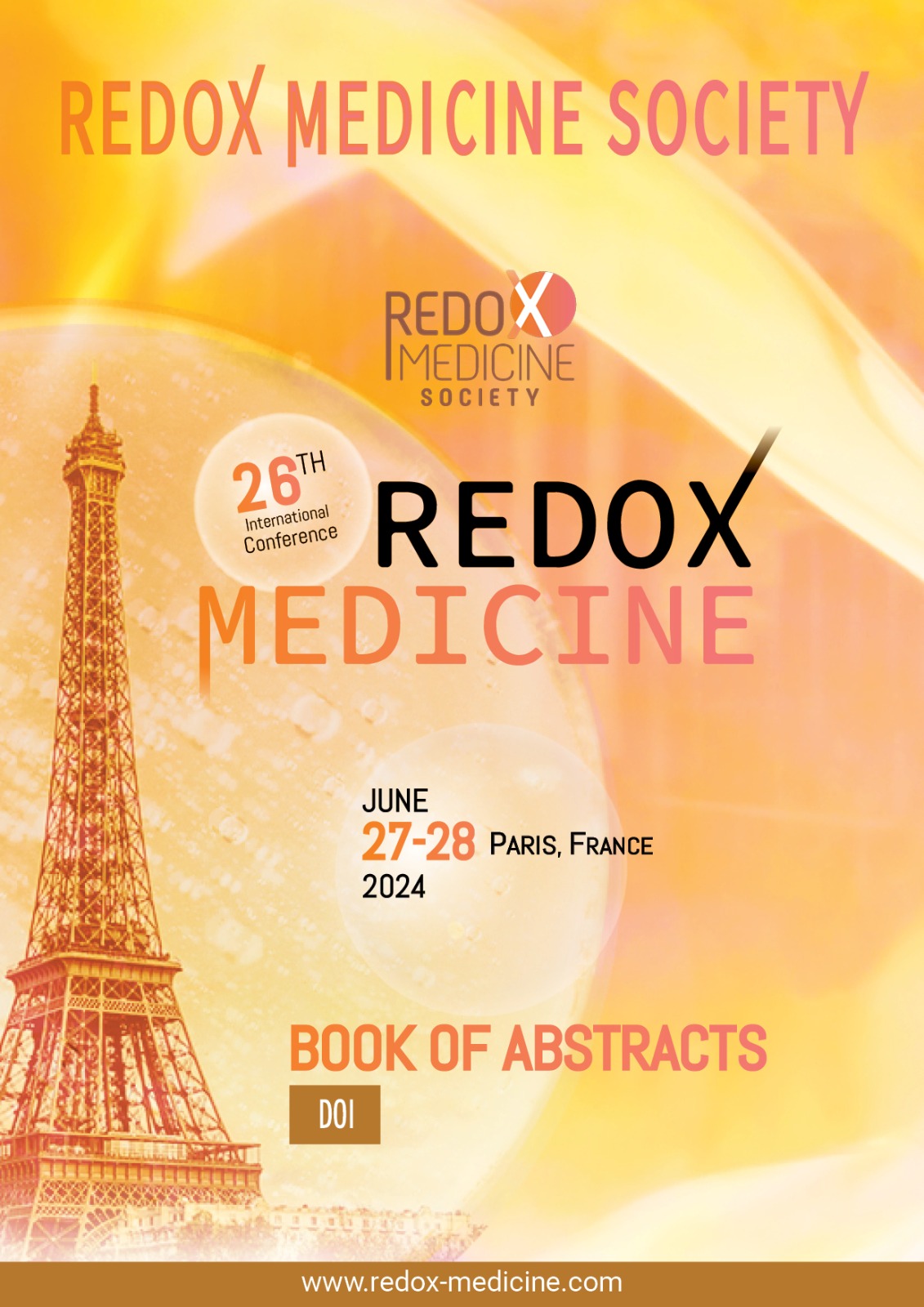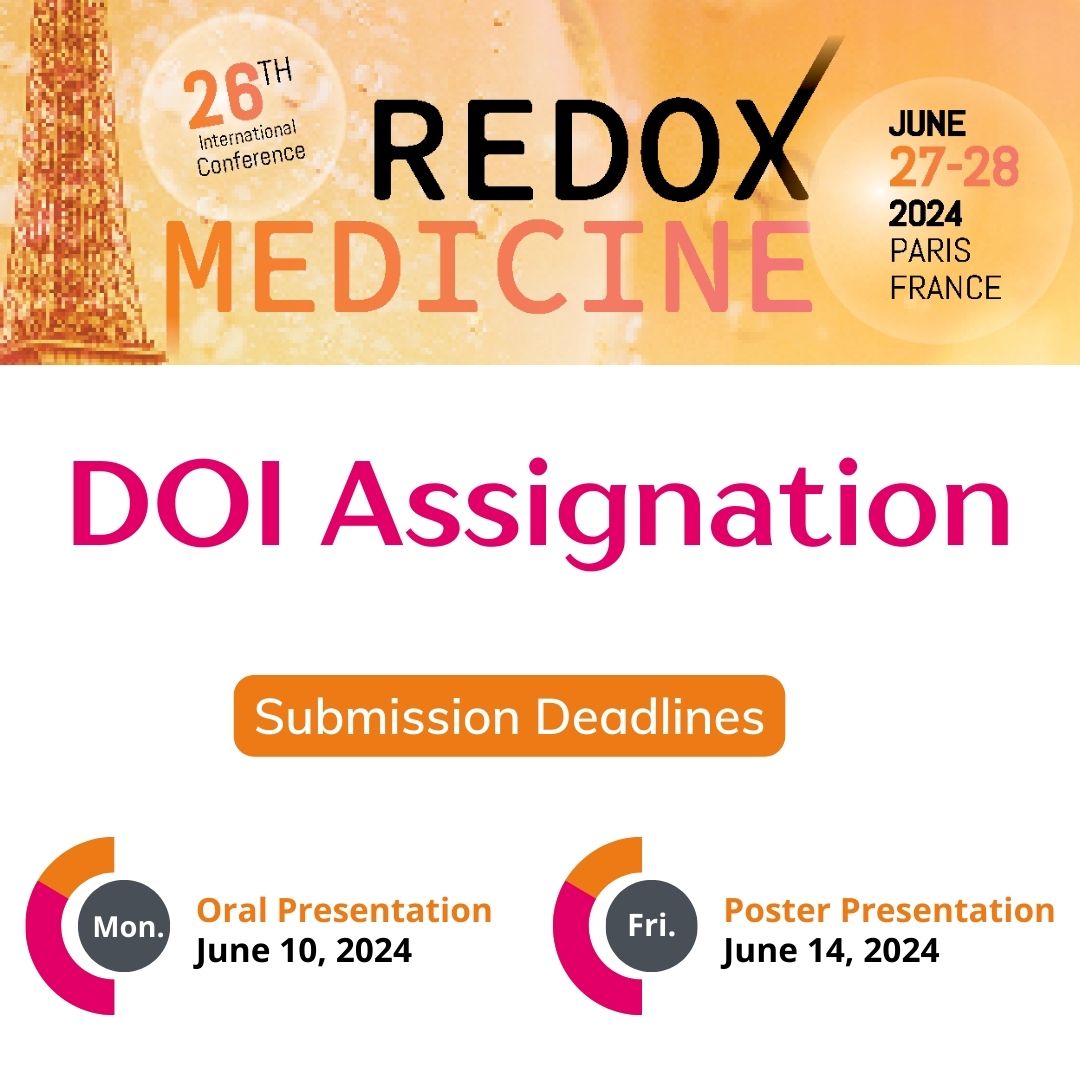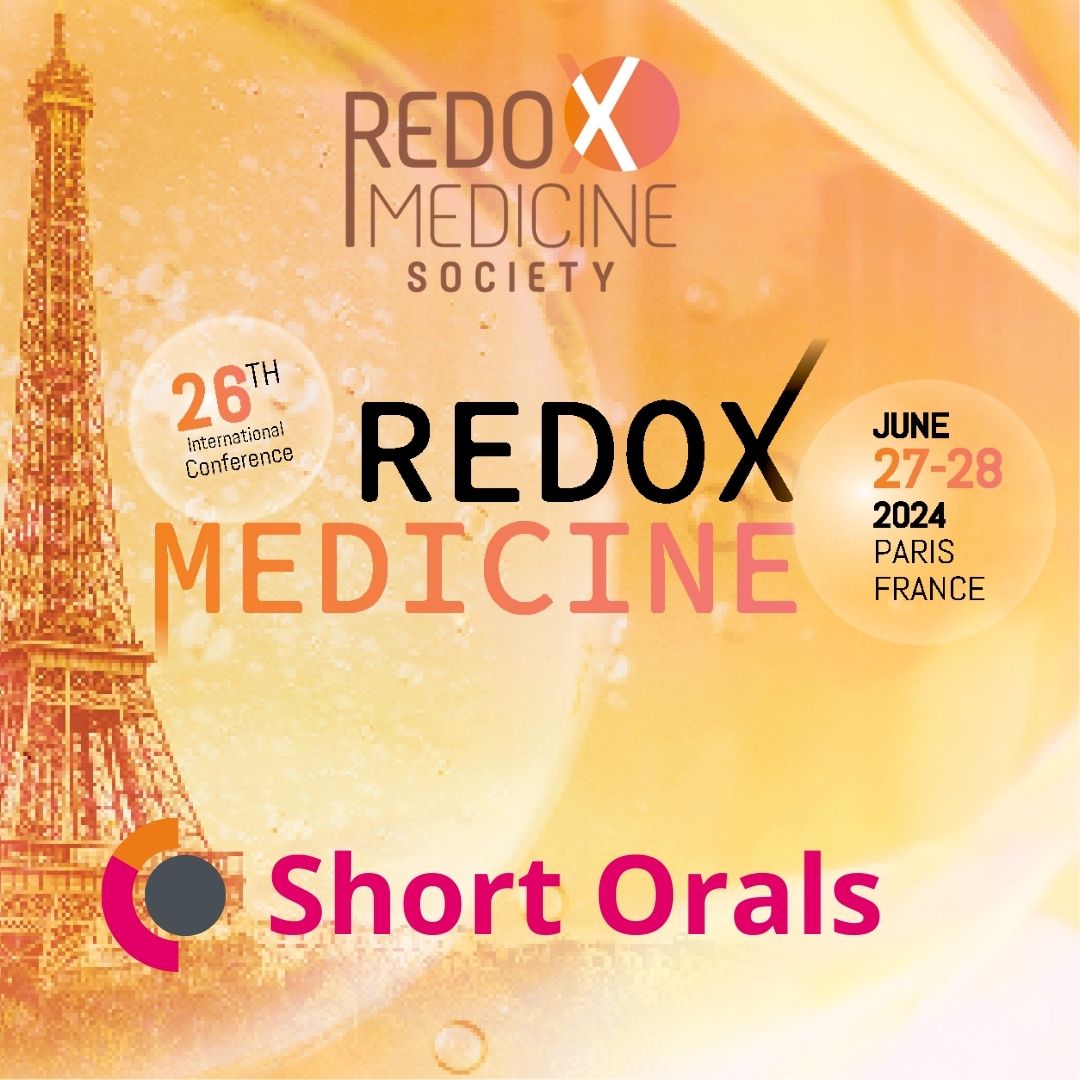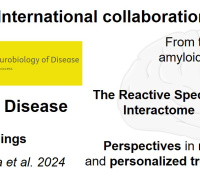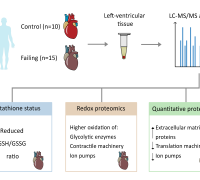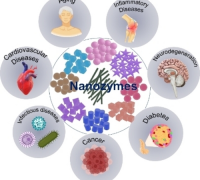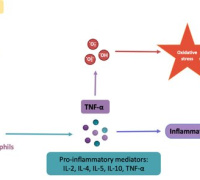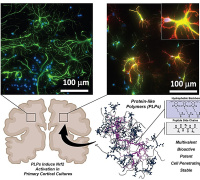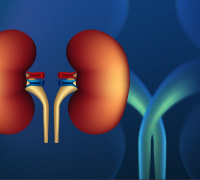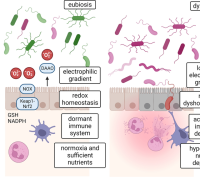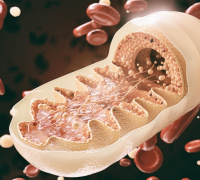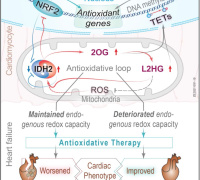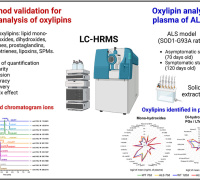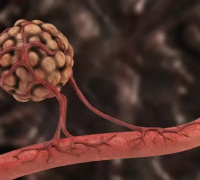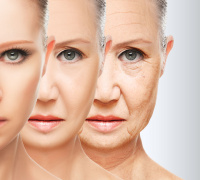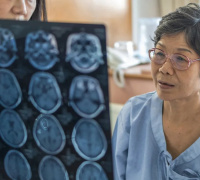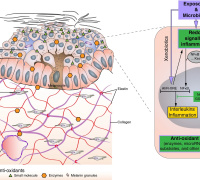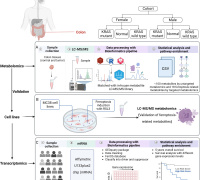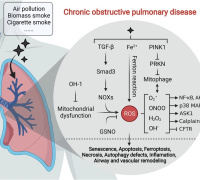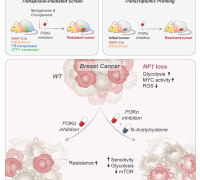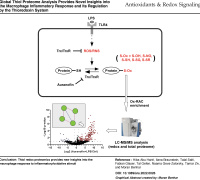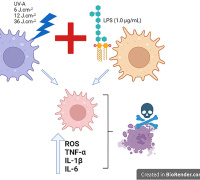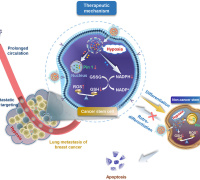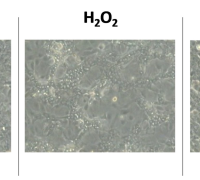Redox Medicine 2024: Insights from Poster Presentations
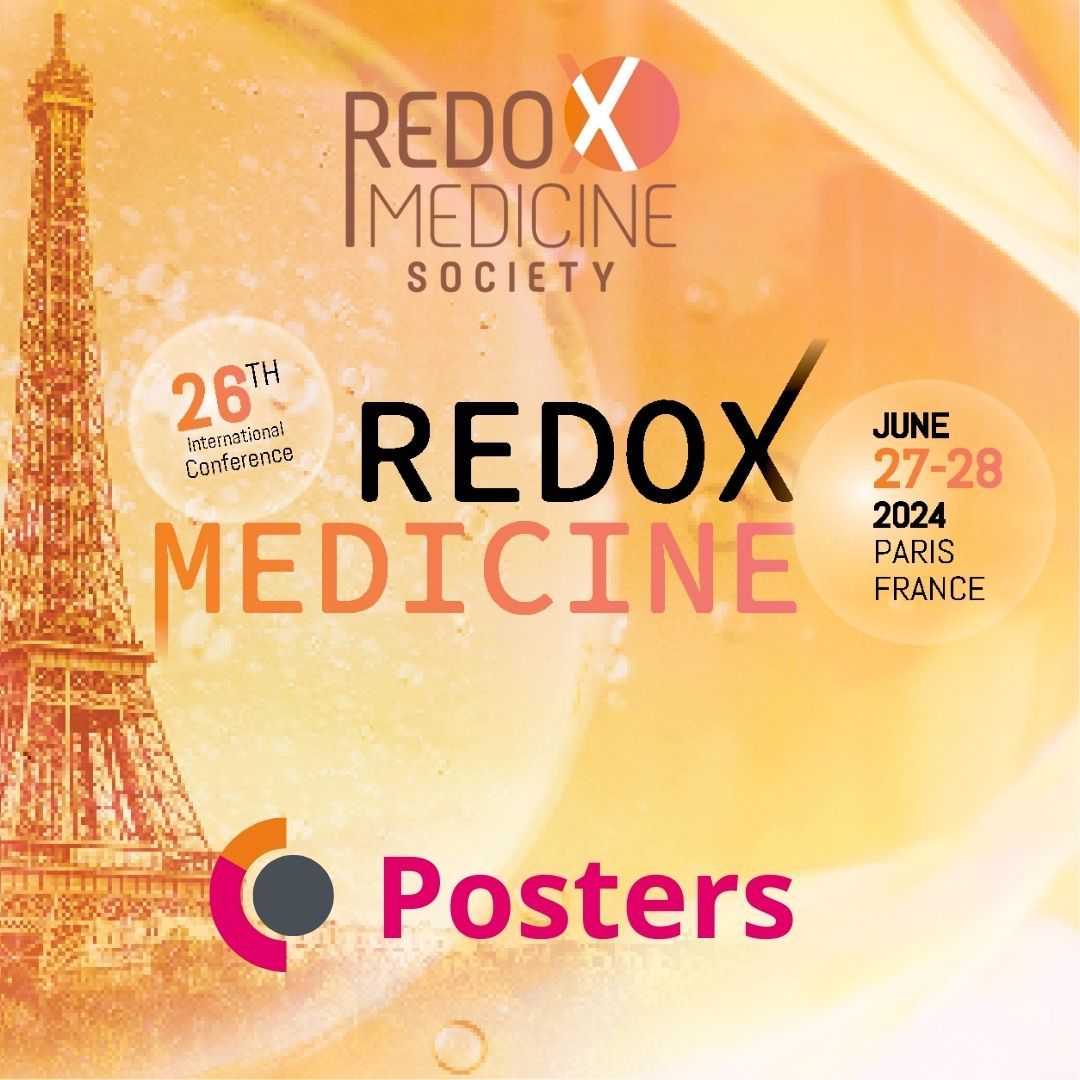
The field of redox medicine focuses on the role of oxidative stress and redox signaling in health and disease. Recent research has provided new insights into the mechanisms and potential therapeutic applications of redox-active compounds. The collection of poater presentations provides a comprehensive overview of the latest advancements in Redox Medicine.
1. Metallofulleronols as a New Generation of Radiotherapeutics: Protecting Effect on Radiolytically Induced Hemolysis of Human Erythrocytes
Michał Żebrowski, University of Warsaw, Poland
This research explores the protective effects of metallofulleronols against radiolytically induced hemolysis in human erythrocytes, proposing a new class of radiotherapeutics. It offers a novel approach to radioprotection, potentially improving the safety and effectiveness of radiotherapy in cancer treatment.
2. A Synthetic Thiol Molecule Releasing N-Acetyl-L-Cysteine (NAC) and Cysteamine (MEA) with Antiviral and Anti-Inflammatory Activity
Sofia Masini, University of Urbino Carlo Bo, Italy
This study investigates a synthetic thiol molecule that releases NAC and MEA, demonstrating antiviral and anti-inflammatory properties. It introduces a multifunctional therapeutic agent with potential applications in treating viral infections and inflammatory diseases.
3. Antiproliferative Effect of Phenolic Compounds from Garlic on Human Breast Cancer Cells through the Modulation of Oxidative Stress
Yasmany Armas Diaz, Autonomous University of Guerrero, Mexico
This research examines the antiproliferative effects of garlic-derived phenolic compounds on breast cancer cells, focusing on their ability to modulate oxidative stress. It provides insights into the use of natural compounds for cancer therapy, emphasizing the role of oxidative stress modulation.
4. Nuclear Localization of Glyoxalase 2 and its Possible Role as Survival Factor in Human MCF7 Breast Cancer Cells
Brenda Romaldi, Polytechnic University of Marche, Italy
This study investigates the nuclear localization of glyoxalase 2 and its role as a survival factor in breast cancer cells. It enhances understanding of the molecular mechanisms underlying cancer cell survival, offering potential targets for therapeutic intervention.
5. Resveratrol Regulates the Level of Expression of Genes Related to Appetite Regulation in Hypothalamus of Obese Mice
Monica Espinoza-Rojo, Autonomous University of Guerrero, Mexico
This research explores how resveratrol affects gene expression related to appetite regulation in the hypothalamus of obese mice. It suggests a potential role for resveratrol in managing obesity through genetic regulation of appetite.
6. Curcumin Improves Redox Status in the Periphery and Regulates the Expression of Appetite-Regulated Molecules in the Hypothalamus of Diabetic Mice
Yaccil Adilene Flores-Cortez, Autonomous University of Guerrero, Mexico
This study examines the effects of curcumin on redox status and appetite-regulating molecules in diabetic mice. It highlights the therapeutic potential of curcumin in diabetes management through modulation of redox status and appetite regulation.
7. HM-Chromanone Ameliorates Metabolic Dysfunction-Associated Steatotic Liver Disease by Modulating Hepatic Lipogenesis and Oxidative Stress in High Fat Diet-Fed Mice
Ji Sook Han, Pusan National University, Republic of Korea
This research investigates the effects of HM-Chromanone on hepatic lipogenesis and oxidative stress in a mouse model of steatotic liver disease. It proposes a new therapeutic candidate for metabolic liver diseases, focusing on oxidative stress modulation.
8. New Insight into Bilirubin as a pH-Dependent Antioxidant in Micellar and Liposomal Systems
Wojciech Witkowski, University of Warsaw, Poland
This study explores the antioxidant properties of bilirubin in different pH environments using micellar and liposomal systems. It provides new understanding of bilirubin's role as an antioxidant, which could inform its therapeutic use.
9. Improving the Nature - Modifications of Natural Polyphenols Leading to Increase of Lipophilicity
Pawel Przybylski, University of Warsaw, Poland
This research focuses on modifying natural polyphenols to increase their lipophilicity, enhancing their therapeutic potential. It enhances the bioavailability and effectiveness of polyphenol-based therapies.
10. Oxygen Consumption and Oxidative Stress in Osteoprogenitor Cells Exposed to an Osteoinductive Biomaterial
Renata Neves Granito, Federal University of São Paulo, Brazil
11. Setting-Up of 3D Organoid Culture Model in Cancer Compared to 2D System
Giulia Casari, Polytechnic University of Marche, Italy
This study compares 3D organoid culture models to traditional 2D systems in cancer research. It provides a more accurate model for studying cancer biology and drug responses.
12. Antidiabetic Activity of Passiflora edulis Seed Oil in Zebrafish
Elaine Luiza Santos Soares Mendonça, Federal University of Alagoas, Brazil
This study evaluates the antidiabetic properties of *Passiflora edulis seed oil using a zebrafish model. It suggests potential new natural treatment options for diabetes.
13. NOX2 and NOX4 Expression in Monocytes and Macrophages: Extracellular Vesicles in Signaling and Therapeutics
Ankush Prasad, Palacký University, Czech Republic
14. Nitroreductase-Activated Fluorescent Probes for Imaging Hypoxia in Cancer Cells
Małgorzata Brindell, Jagiellonian University, Poland
15. Metabolic Effects of Elevated Sulfide are not Mediated through Skeletal Muscle AMPK or Insulin Signaling in High Fat Fed TST−/− Mice
Hongling Liu, University of Edinburgh, United Kingdom
This research examines the metabolic effects of elevated sulfide in high fat-fed mice, focusing on skeletal muscle AMPK and insulin signaling. It provides insights into the metabolic pathways affected by sulfide, contributing to the understanding of its role in metabolic diseases.
16. Nitric Oxide – Dependent S-Nitrosation Mediated by Microperoxidase-11
Maria Oszajca, Jagiellonian University, Poland
17. Non-Ionizing Radiation Exposure Induces Resistance to Oxidative Stressor Menadione
James Harry Skoyles, Aston University, United Kingdom
18. Influence of Environmental Stressor on Endothelial Senescent Cells
Olga Mazuryk, Jagiellonian University, Poland
19. Mitochondrial Transplantation as Potential Therapeutic Solution to Ischemia-Reperfusion Injury in Kidney and Brain
Anne Borgne-Sanchez, Mitologics, France
20. Hydroxycinnamic Acid Derivatives as Bifunctional Antioxidants and Iron Chelators for UVA Photoprotection In Skin Cells
Charareh Pourzand, University of Bath, United Kingdom
21. Myeloperoxidase Inhibition as a Therapeutic Target for Alzheimer's Disease: Exploration if an in vitro Model Using HMC3 Cells
Astrid Mayleth Rivera Antonio, Instituto Politécnico Nacional, Mexico
22. Relationship Between Peak Oxygen Uptake and Protein Oxidation in Adults with COVID-19
Sergio Sánchez-Nuño, University of Barcelona, Spain





